Discovery of the Americas
The Americas
October 12
October 12
North and South America and the Caribbean
Schools, streets and public squares
Schools, streets and public squares
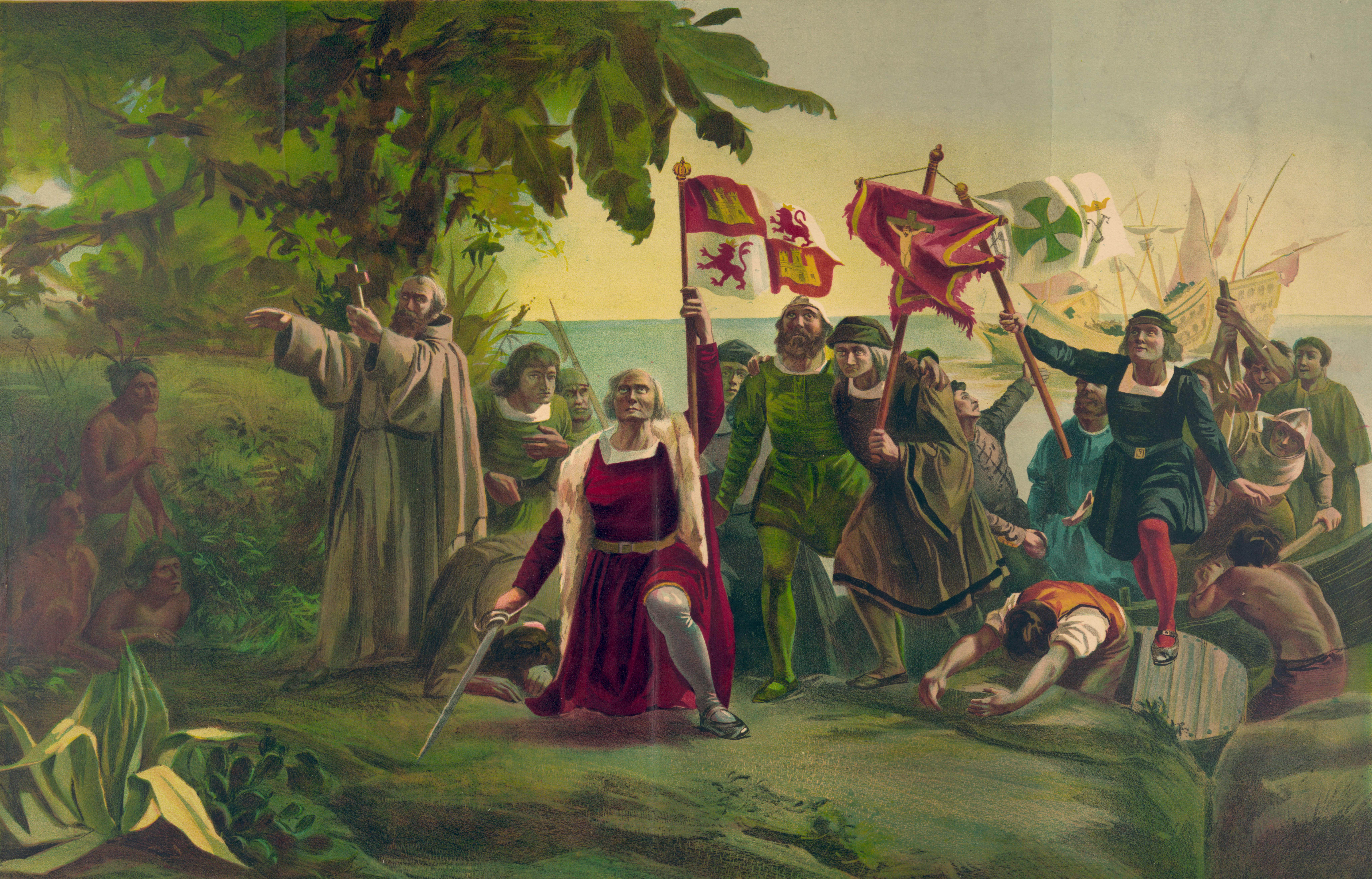
Arrival of Christopher Columbus in the New World
12 October 1492 marks the date in history when Christopher Columbus, an explorer, navigator and colonizer from the Republic of Genoa (present-day Italy), reached the shores of the Bahamas, opening with it a new chapter in the history of humanity.
Although Christopher Columbus discovered the New World "by accident" when trying to reach the East Indies in a shorter period of time as an attempt to dominate over other rival powers the lucrative spice trade with Asia, his discovery is observed throughout the Americas (North, Central and South America and the Caribbean) as a day that would initiate the process of cultural blending.
October 12 is a day to praise ethnic diversity and multiculturalism. Throughout Latin America, for instance, the day has been traditionally known as the "Day of the Race" (Spanish: Día de la Raza) to celebrate the Hispanic influence in the Americas. It is also a day of awareness of the various ethnic groups present in modern-day Latin America, where children are taught in schools to respect and value their cultural differences, but above all, recognize themselves as equally valuable human beings.
Although Christopher Columbus discovered the New World "by accident" when trying to reach the East Indies in a shorter period of time as an attempt to dominate over other rival powers the lucrative spice trade with Asia, his discovery is observed throughout the Americas (North, Central and South America and the Caribbean) as a day that would initiate the process of cultural blending.
October 12 is a day to praise ethnic diversity and multiculturalism. Throughout Latin America, for instance, the day has been traditionally known as the "Day of the Race" (Spanish: Día de la Raza) to celebrate the Hispanic influence in the Americas. It is also a day of awareness of the various ethnic groups present in modern-day Latin America, where children are taught in schools to respect and value their cultural differences, but above all, recognize themselves as equally valuable human beings.
Christopher Columbus and the history of the discovery of the Americas
National Coming Out Day
Various countries
October 11
October 11
Mostly United States, UK, Switzerland
Local communities
Local communities
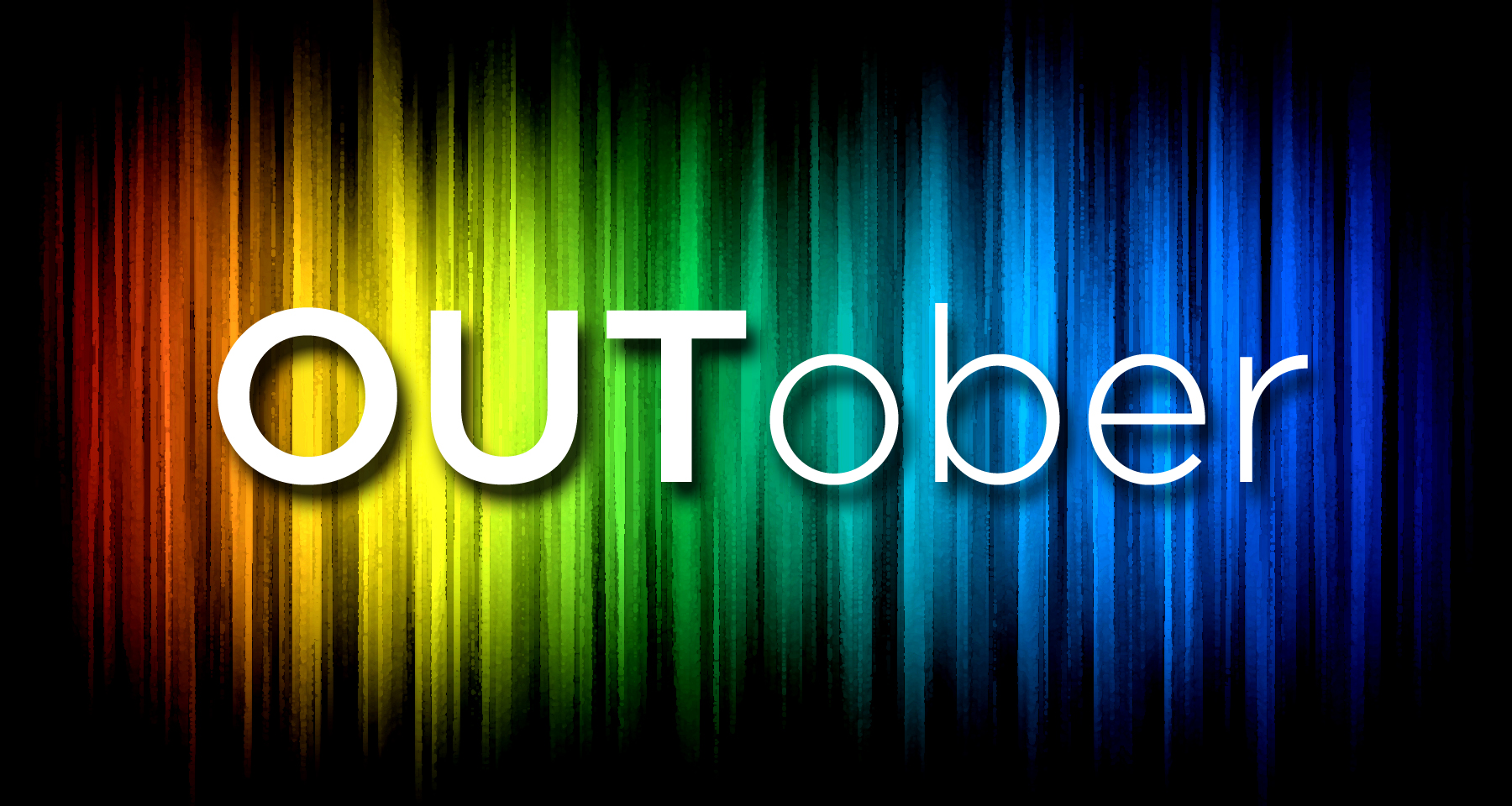
National Coming Out Day
Observed in the United States, United Kingdom, Switzerland and other countries, the National Coming Out Day (NCOD) is a day of awareness that celebrates individuals who identify themselves in public as transgender, bisexual, gay and lesbian.
Founded on 11 October 1988 by Robert Eichberg, a psychiatrist from New Mexico, and Jean O'Leary, a gay and lesbian rights activist, NCOD is a day that gives people the opportunity to "come out" to others about their sexual orientation and gender identity while providing a means to increase the visibility of the LGBT community in our societies.
As a network that values our differences and celebrates diversity, Munduslingua stands up to support our friends in the LGBT community worldwide and delivers a small message to those who struggle with revealing their true inner feelings:
"To be truthful to ourselves is one of the goals in life. To be how we are is our right and obligation. When fear threatens to control our lives, know that it is because fear is afraid that we are a step away from freedom. You are a worthwhile human being no matter what. Proceed and never give up." With love, the Munduslingua Team.
Founded on 11 October 1988 by Robert Eichberg, a psychiatrist from New Mexico, and Jean O'Leary, a gay and lesbian rights activist, NCOD is a day that gives people the opportunity to "come out" to others about their sexual orientation and gender identity while providing a means to increase the visibility of the LGBT community in our societies.
As a network that values our differences and celebrates diversity, Munduslingua stands up to support our friends in the LGBT community worldwide and delivers a small message to those who struggle with revealing their true inner feelings:
"To be truthful to ourselves is one of the goals in life. To be how we are is our right and obligation. When fear threatens to control our lives, know that it is because fear is afraid that we are a step away from freedom. You are a worthwhile human being no matter what. Proceed and never give up." With love, the Munduslingua Team.
Human Rights Campaign on National Coming Out Day
Moi Day
Kenya
October 10
October 10
Nationwide
Local communities
Local communities
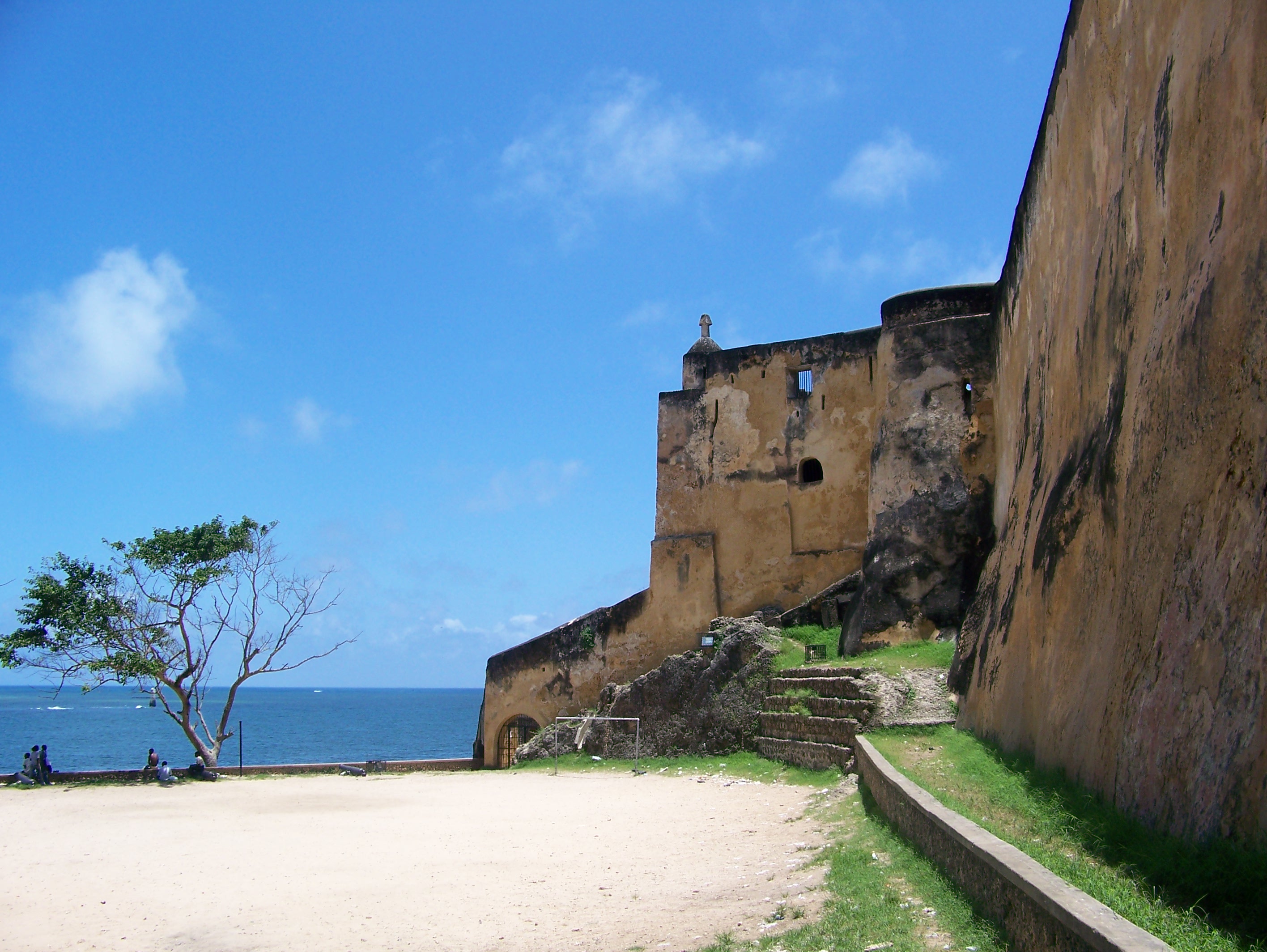
Fort Jesus in Mombasa, Kenya
Moi Day in Kenya is a holiday to honor the former president of Kenya, Daniel arap Moi. Daniel Moi, popularly known to Kenyans as "Nyayo," was the President of Kenya from 1978 to 2002. On Moi Day, Munduslingua visits Fort Jesus, a UNESCO World Heritage Site in Kenya's second largest city, Mombasa.
Fort Jesus (Portuguese: Forte Jesus de Mombaça) was built by the Portuguese in 1593 to guard the Old Port of Mombasa, a place the Portuguese considered at the time a vital point for trading. Wanting to control trade in Mombasa and the surrounding areas, King Philip I of Portugal erected Fort Jesus on Mombasa Island where the city of Mombasa is located. The fort has the shape of a man when looked from above and was given the name of Jesus as a symbol of faith.
During its history, Mombasa, and in particular Fort Jesus, were the interest of all those who wanted to control the trading routes on the East African coast. A little more than a century after its construction, Fort Jesus fell to Saif Bin Sultan, one of the most famous Imams (religious leader) in Oman. After the siege of Fort Jesus by Omani Arabs, the fort was modified and given a more Arab architecture. This can be witnessed today in beautifully carved gates with segments from the Holy Quran, arabesques and arches.
Later on, with the colonization of Kenya by the British in the 20th century, Fort Jesus served as a prison. In 1958 the fort was converted into a historical monument where British and Portuguese cannons can still be seen. Finally in 2011, Fort Jesus was added to the UNESCO list of World Heritage Sites for being an outstanding testimony of 16th century Portuguese military fortifications.
Fort Jesus (Portuguese: Forte Jesus de Mombaça) was built by the Portuguese in 1593 to guard the Old Port of Mombasa, a place the Portuguese considered at the time a vital point for trading. Wanting to control trade in Mombasa and the surrounding areas, King Philip I of Portugal erected Fort Jesus on Mombasa Island where the city of Mombasa is located. The fort has the shape of a man when looked from above and was given the name of Jesus as a symbol of faith.
During its history, Mombasa, and in particular Fort Jesus, were the interest of all those who wanted to control the trading routes on the East African coast. A little more than a century after its construction, Fort Jesus fell to Saif Bin Sultan, one of the most famous Imams (religious leader) in Oman. After the siege of Fort Jesus by Omani Arabs, the fort was modified and given a more Arab architecture. This can be witnessed today in beautifully carved gates with segments from the Holy Quran, arabesques and arches.
Later on, with the colonization of Kenya by the British in the 20th century, Fort Jesus served as a prison. In 1958 the fort was converted into a historical monument where British and Portuguese cannons can still be seen. Finally in 2011, Fort Jesus was added to the UNESCO list of World Heritage Sites for being an outstanding testimony of 16th century Portuguese military fortifications.
Tour of Fort Jesus
Leif Erikson's Day
United States
October 9
October 9
Nationwide
Communities of Americans of Nordic descent
Communities of Americans of Nordic descent
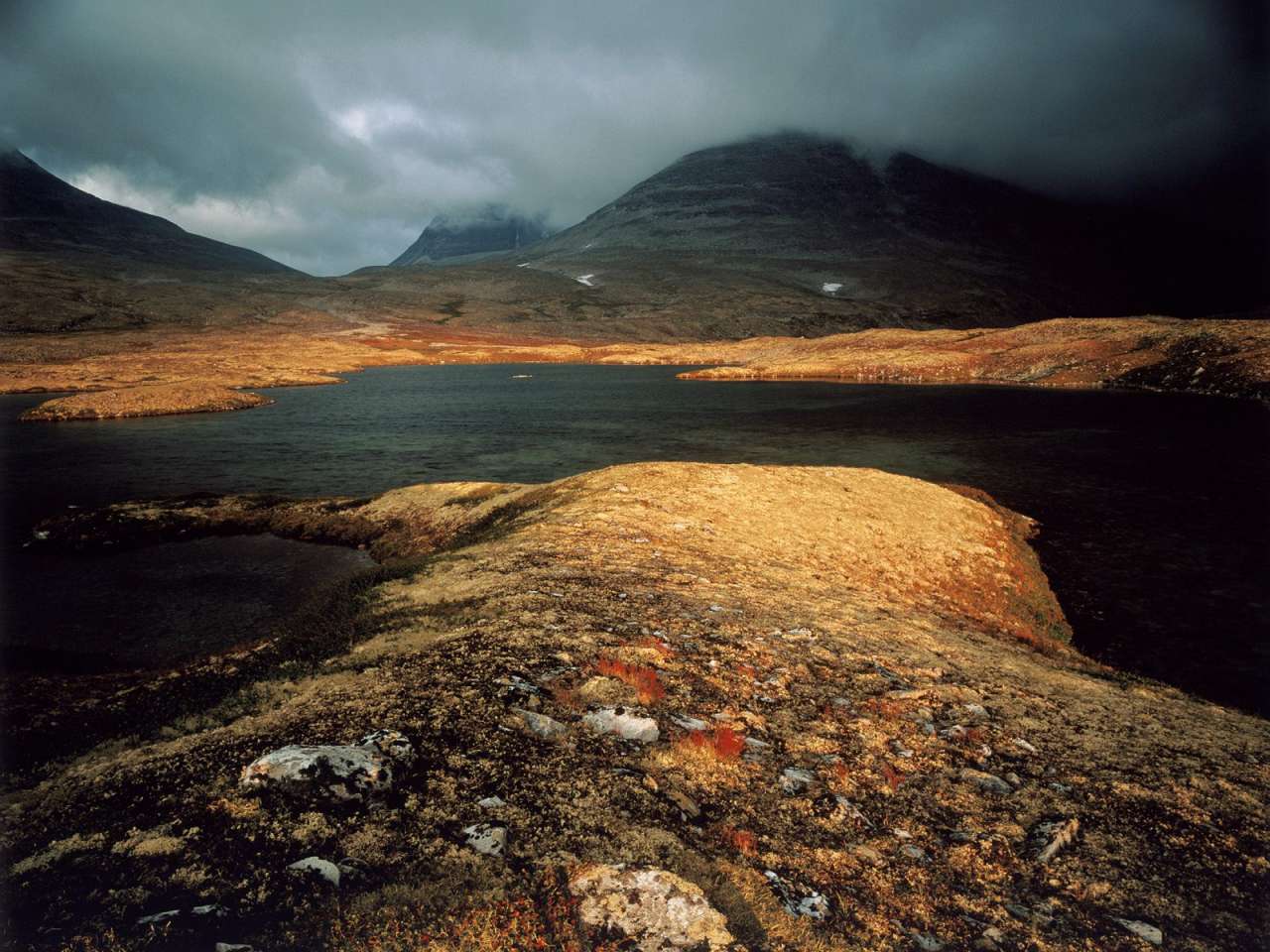
Landscape in Rondane National Park
Leif Erikson was a Norse explorer who is believed to have set foot in the Americas long before Christopher Columbus. The date for Leif Erikson's discovery (1001 CE) is nearly 500 years before that of Columbus (1492 CE). Nowadays, October 9 has become Leif Erikson Day, an annual observance in the United States to pay homage to Americans of Nordic descent and celebrate the spirit of discovery.
On a day dedicated to a famous Nordic explorer, Munduslingua sets sail to Norway to discover the beautiful Rondane National Park.
The oldest of Norway's national parks, Rondane National Park (Norwegian: Rondane Nasjonalpark) is an important habitat for wild reindeer and one of the country's best places to enjoy nature.
With ten peaks above 2,000 m (6,560 ft), the park is ideal for hiking in the summer and skiing in the winter. Other popular activities include rafting and kayaking, horse riding, biking, fishing and even hunting. In the park many different tours are available for you to explore it at its best. Whether you like walking to mountain tops or prefer less adventurous experiences across valleys, this park offers it all.
In addition Rondane National Park offers all sorts of accommodation for every type of visitor. Whether you like modern hotels or prefer old farm houses and mountain cabins, you can find the right place for you. Moreover all of these places offer local cuisine and an ideal place for you to relax.
On a day dedicated to a famous Nordic explorer, Munduslingua sets sail to Norway to discover the beautiful Rondane National Park.
The oldest of Norway's national parks, Rondane National Park (Norwegian: Rondane Nasjonalpark) is an important habitat for wild reindeer and one of the country's best places to enjoy nature.
With ten peaks above 2,000 m (6,560 ft), the park is ideal for hiking in the summer and skiing in the winter. Other popular activities include rafting and kayaking, horse riding, biking, fishing and even hunting. In the park many different tours are available for you to explore it at its best. Whether you like walking to mountain tops or prefer less adventurous experiences across valleys, this park offers it all.
In addition Rondane National Park offers all sorts of accommodation for every type of visitor. Whether you like modern hotels or prefer old farm houses and mountain cabins, you can find the right place for you. Moreover all of these places offer local cuisine and an ideal place for you to relax.
An introduction to the wonderful Rondane National Park
Croatia's Independence Day
Croatia
October 8
October 8
Nationwide
Local communities
Local communities
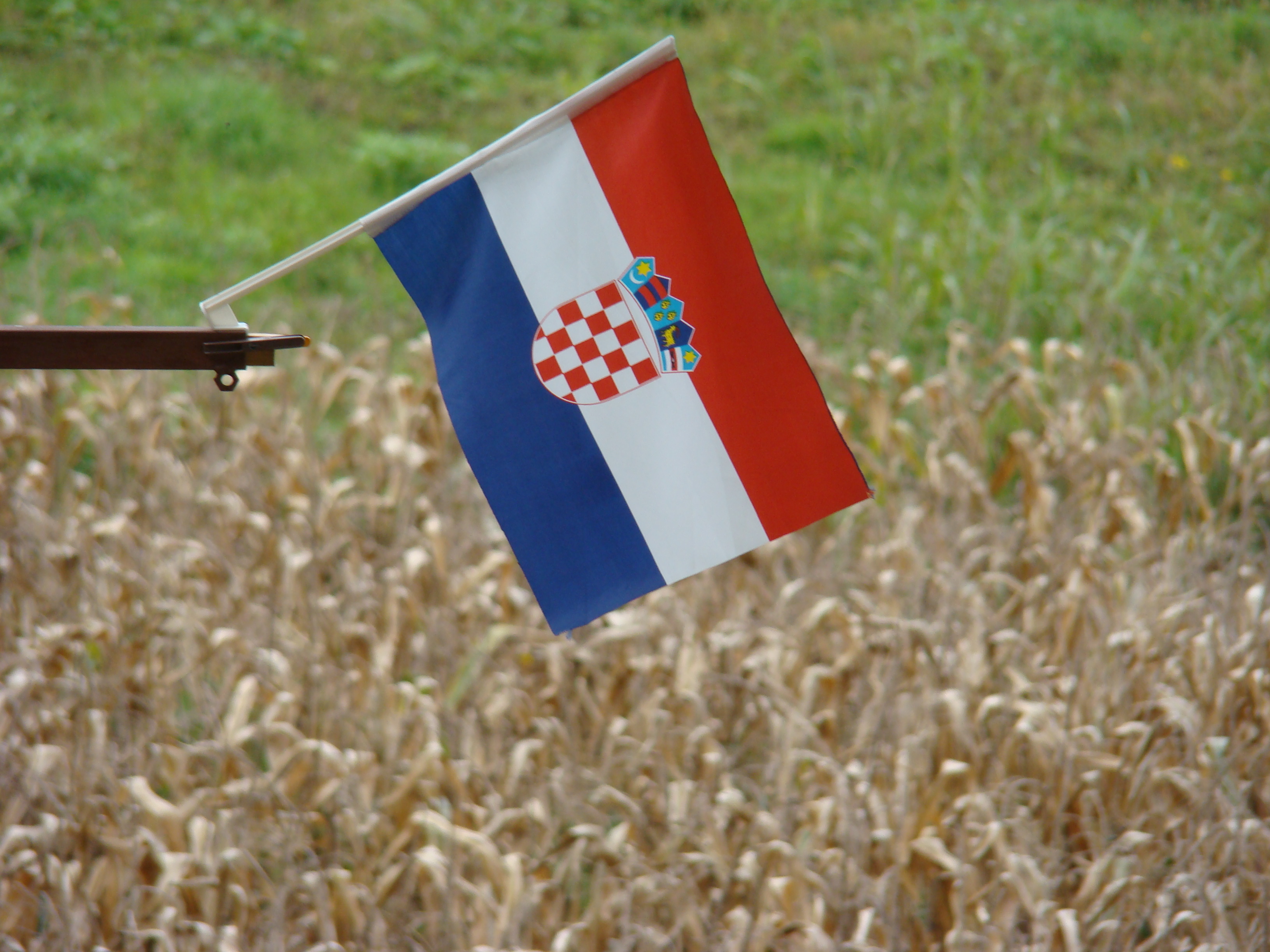
The Croatian Flag
In 1989, with the collapse of communism in Eastern Europe, a rise in support for political parties with a nationalist program began. On 8 October 1991, after the conservative, nationalist party HDZ led by Franjo Tuđman had won the parliamentary elections over the communists in 1990, Croatia declared its independence from the former Socialist Federal Republic of Yugoslavia to which it had belonged. Nowadays October 8 is observed as Croatia's Independence Day.
Croatia's struggle for independence
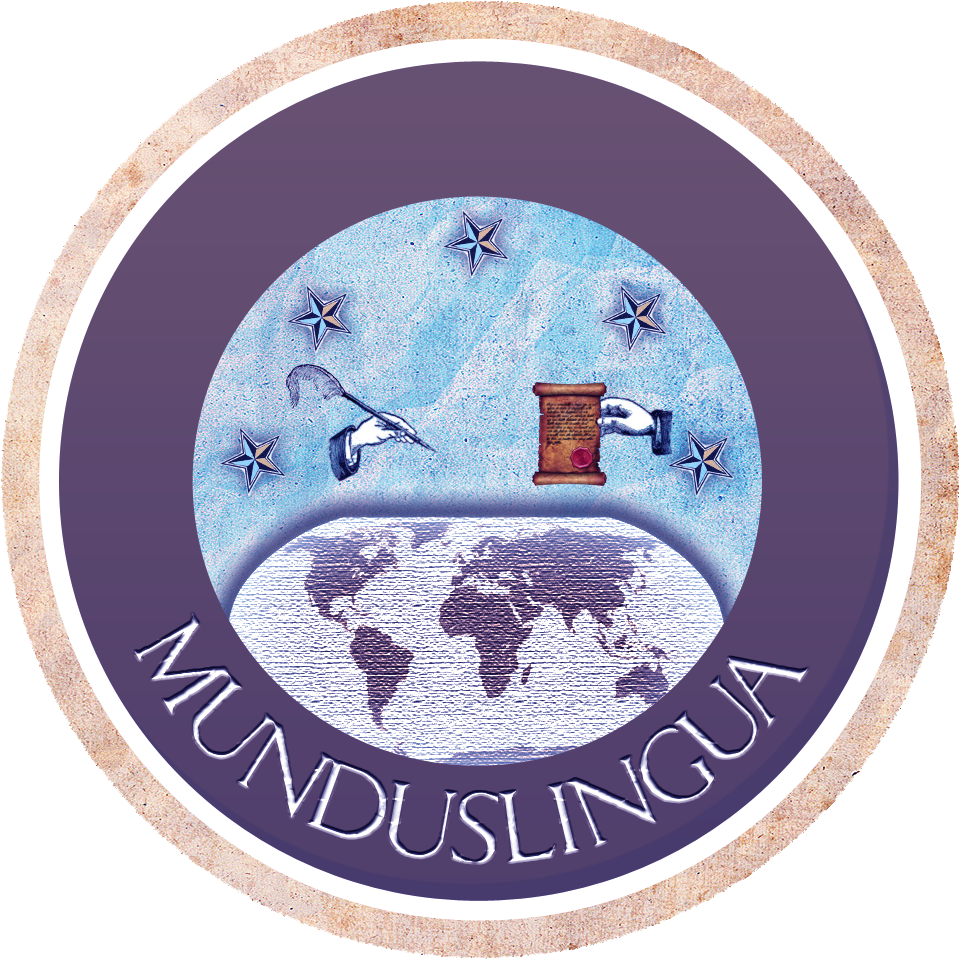
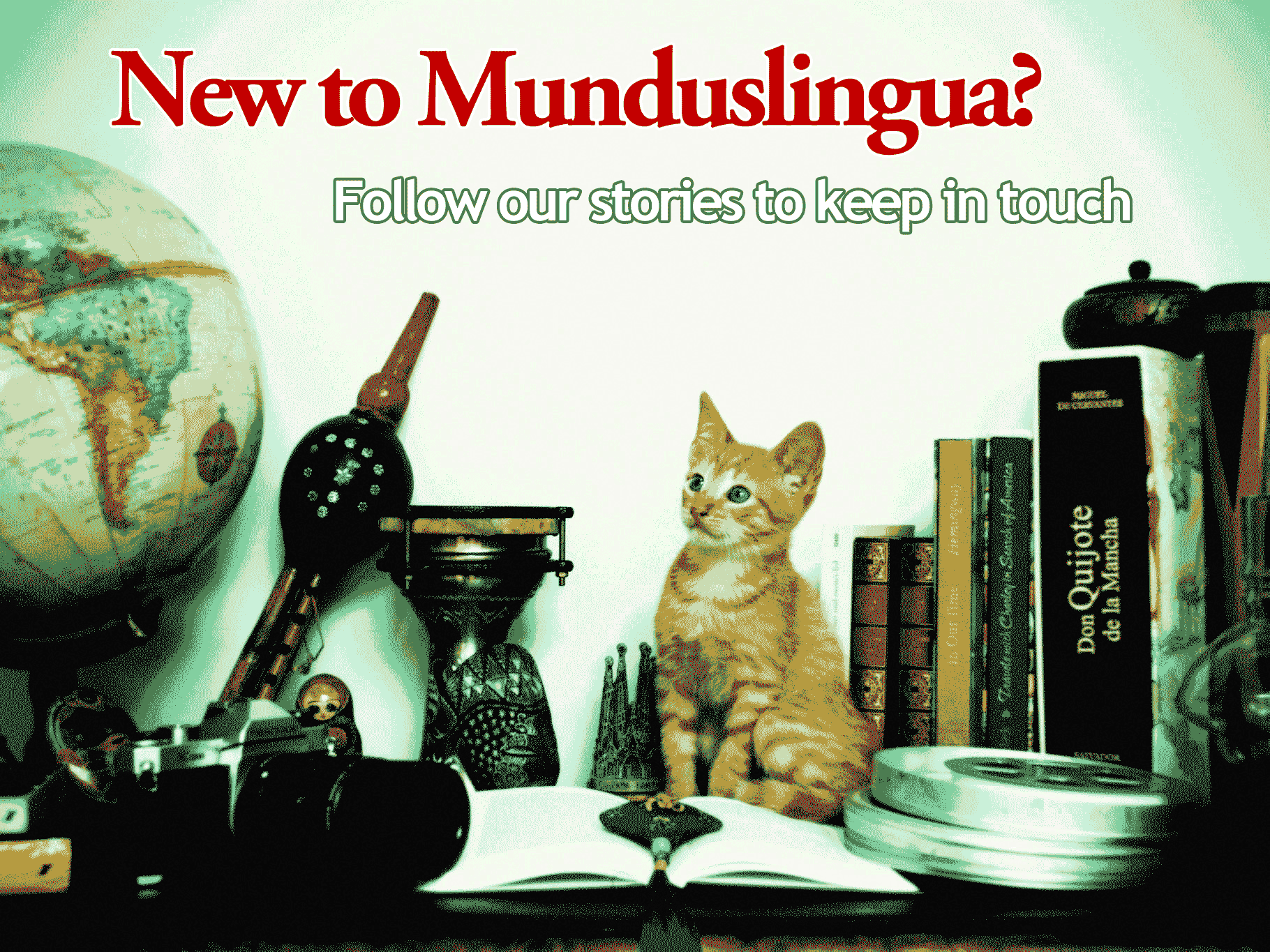
Choose your favorite channel below
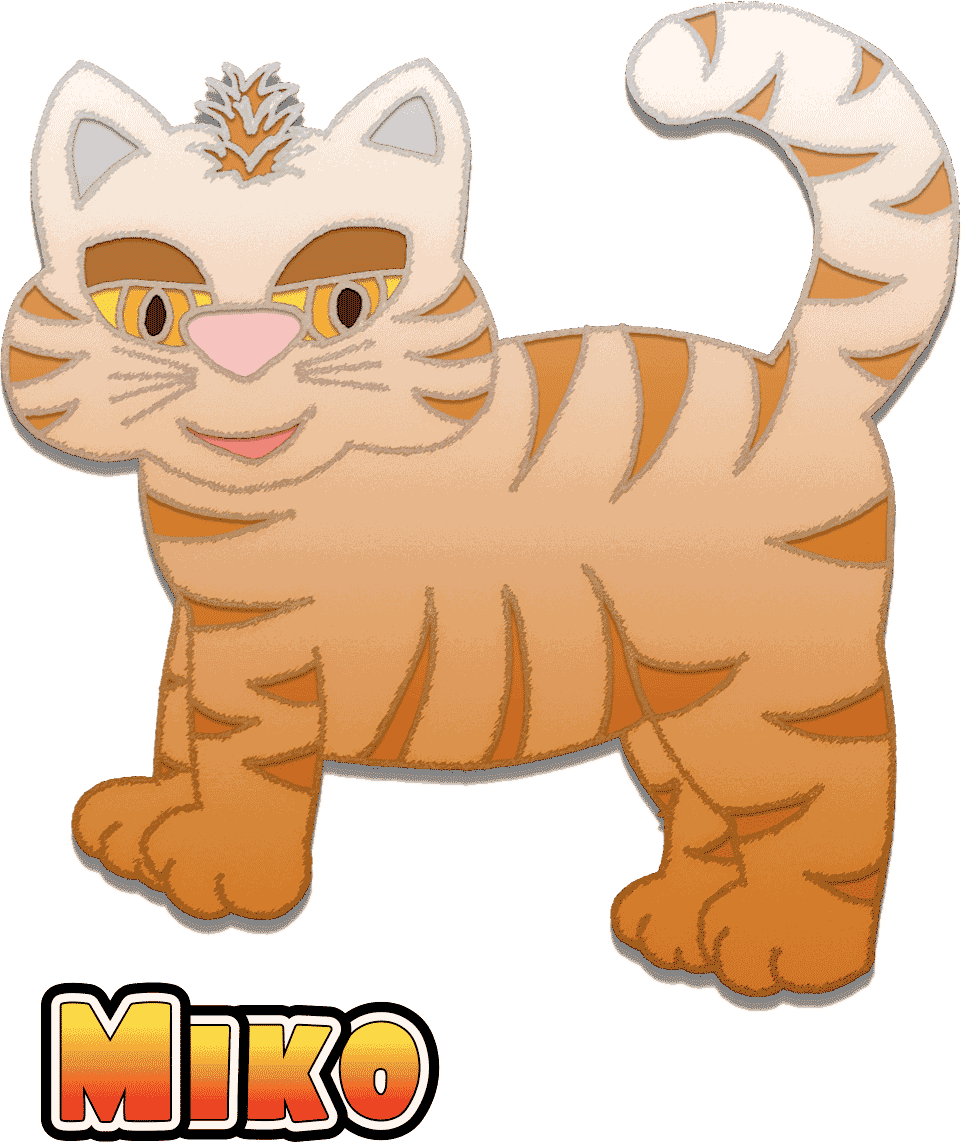
Subscribe to our feeds
Read about cultural events and news in the world.
Read about cultural events and news in the world.
Enjoy our magazine on Flipboard
Best to enjoy from your mobile phone or tablet.
Best to enjoy from your mobile phone or tablet.
Enjoy our iTunes podcasts
Best for those who prefer audio.
Best for those who prefer audio.
Follow us on Twitter
Best for those who prefer Twitter.
Best for those who prefer Twitter.
Photo sources
October 8: Independence Day, Croatia
October 9: Rondane National Park, Norway
October 10: Fort Jesus, Mombasa, Kenya
October 11: National Coming Out Day
October 12: Discovery of the Americas by Christopher Columbus
Background: 5 Ways to Celebrate National Coming Out Day
October 9: Rondane National Park, Norway
October 10: Fort Jesus, Mombasa, Kenya
October 11: National Coming Out Day
October 12: Discovery of the Americas by Christopher Columbus
Background: 5 Ways to Celebrate National Coming Out Day



